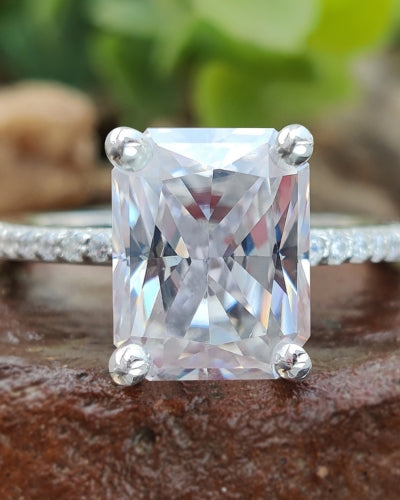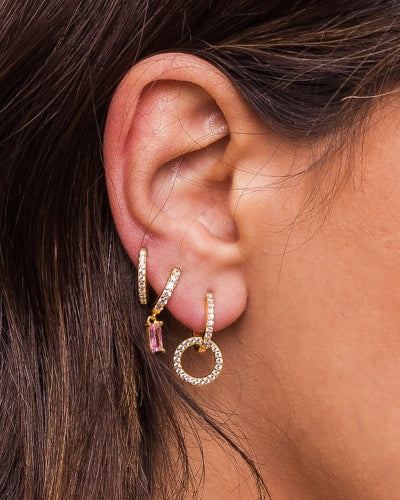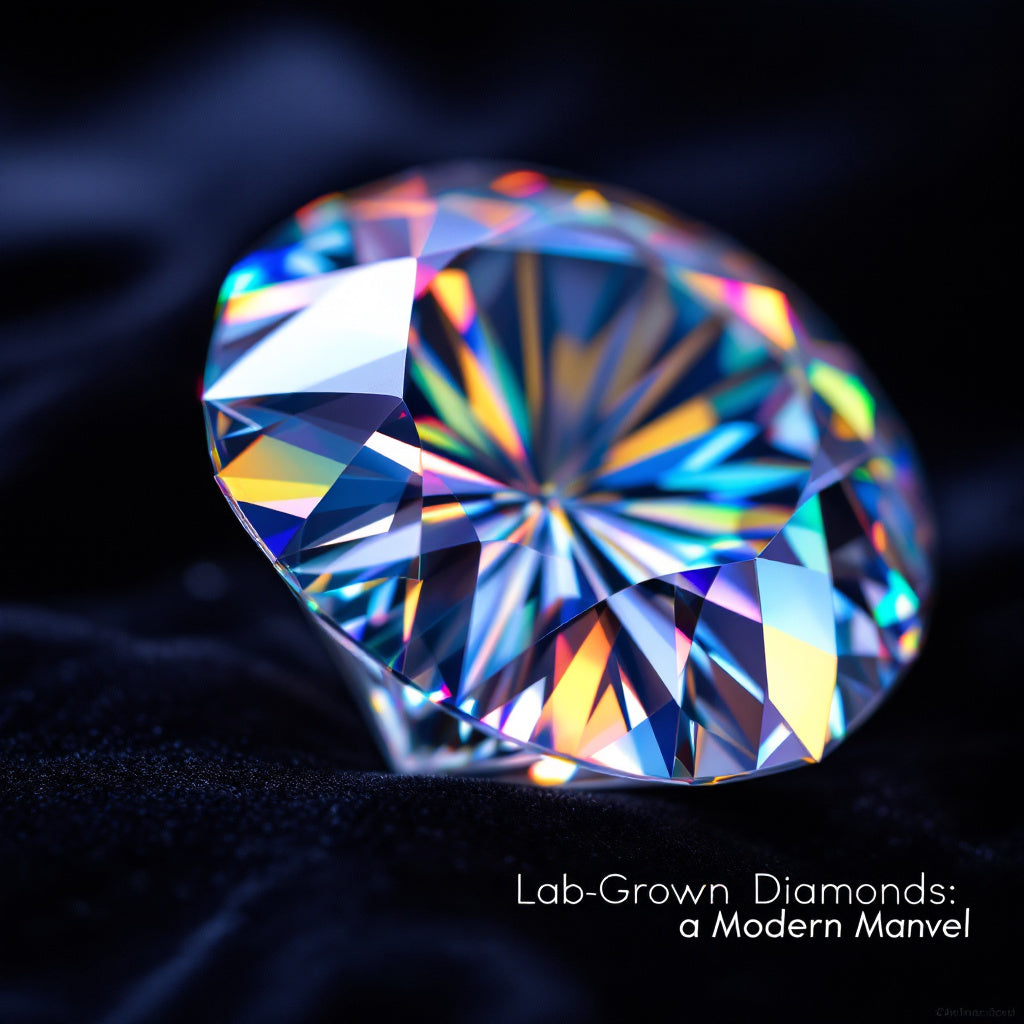Artikel: What Is a Lab-Grown Diamond? A Complete Guide
What Is a Lab-Grown Diamond? A Complete Guide
Lab-grown diamonds have gained immense popularity in recent years as a sustainable and affordable alternative to natural diamonds. But what exactly are they, and how do they compare to mined diamonds? In this detailed guide, we'll explore everything you need to know about lab-grown diamonds, including their creation process and benefits.

Table of Contents
-
Introduction to Lab-Grown Diamonds
-
How Are Lab-Grown Diamonds Made?
-
Lab-Grown vs. Natural Diamonds: Key Differences
-
Benefits of Lab-Grown Diamonds
-
Are Lab-Grown Diamonds Real?
-
Pricing: Lab-Grown vs. Natural Diamonds
-
Conclusion: Should You Buy a Lab-Grown Diamond?
1. Introduction to Lab-Grown Diamonds
Lab-grown diamonds (also called synthetic diamonds, man-made diamonds, or cultured diamonds) are diamonds created in a controlled laboratory environment rather than mined from the earth.
Despite being artificially produced, they have the same physical, chemical, and optical properties as natural diamonds. The only difference is their origin.
Why Are Lab-Grown Diamonds Popular?
-
More affordable than natural diamonds
-
Eco-friendly & ethical (no mining involved)
-
Identical in quality to natural diamonds
-
Widely available in various shapes and sizes
2. How Are Lab-Grown Diamonds Made?
There are two primary methods for creating lab-grown diamonds:
A. High Pressure-High Temperature (HPHT)
-
Mimics the natural diamond formation process.
-
A carbon source is subjected to extreme pressure (1.5 million PSI) and high temperature (2,700°F).
-
Produces high-quality diamonds, often used in industrial applications.
B. Chemical Vapor Deposition (CVD)
-
A diamond seed is placed in a vacuum chamber filled with carbon-rich gas.
-
The gas is ionized, breaking down carbon molecules that deposit onto the seed, growing a diamond layer by layer.
-
Preferred for jewelry due to its precision and ability to produce high-clarity diamonds.

3. Lab-Grown vs. Natural Diamonds: Key Differences
| Feature | Lab-Grown Diamonds | Natural Diamonds |
|---|---|---|
| Origin | Created in a lab | Mined from earth |
| Cost | 30-50% cheaper | More expensive |
| Ethics | Conflict-free | Mining concerns |
| Eco-Impact | Lower carbon footprint | Higher environmental impact |
| Quality | Identical to natural | Varies by mining source |
| Resale Value | Lower resale value | Higher resale value |
4. Benefits of Lab-Grown Diamonds
✅ Affordability – Same quality at a fraction of the cost.
✅ Sustainability – No mining means less environmental harm.
✅ Ethical Sourcing – No risk of "blood diamonds."
✅ Customization – Easier to produce specific colors and cuts.
✅ Same Durability – Just as hard (10 on Mohs scale) as natural diamonds.
5. Are Lab-Grown Diamonds Real?
Yes! Lab-grown diamonds are 100% real diamonds, not simulants like cubic zirconia or moissanite. They are certified by gemological institutes (GIA, IGI) and graded using the same 4Cs (Cut, Clarity, Color, Carat) as natural diamonds.

6. Pricing: Lab-Grown vs. Natural Diamonds
-
A 1-carat natural diamond can cost 6,000.
-
A 1-carat lab-grown diamond typically costs 2,500.
-
Prices are dropping as production becomes more efficient.
7. Conclusion: Should You Buy a Lab-Grown Diamond?
Lab-grown diamonds offer exceptional value, ethical sourcing, and stunning beauty without the high cost of natural diamonds. If you prioritize sustainability, affordability, and quality, they are an excellent choice.
However, if resale value and tradition matter more, natural diamonds may still be preferable.
Final Verdict:
✔ Buy Lab-Grown If: You want a budget-friendly, eco-conscious, and high-quality diamond.
✔ Buy Natural If: You value rarity and long-term investment potential.








Hinterlasse einen Kommentar
Diese Website ist durch hCaptcha geschützt und es gelten die allgemeinen Geschäftsbedingungen und Datenschutzbestimmungen von hCaptcha.